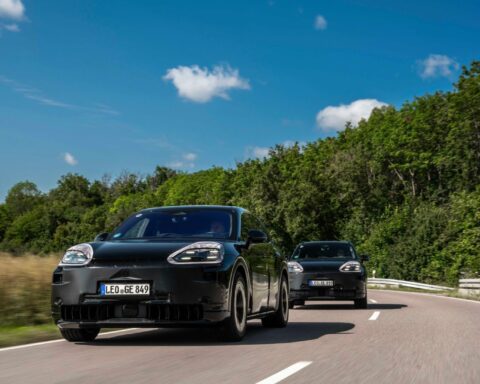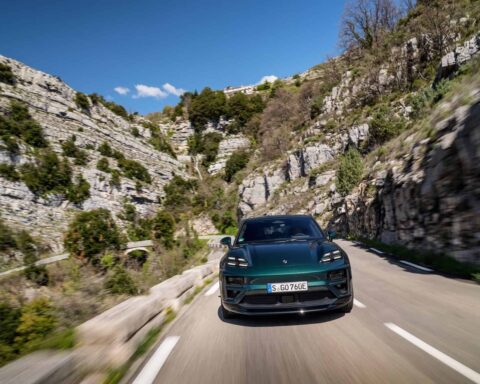The first Porsche 356 were manufactured by hand. A massive framework of ash wood served as inspiration for the iconic form.
Opened by Helmut Pfeifhofer in 1982, Porsche Automuseum in Gmünd is home to the original model, a massive framework of ash wood that served as inspiration for the first-ever 356 sports car, which was manufactured by hand 75 years ago – also in Gmünd, Austria.
This piece of history still feels astonishingly fresh to this day, as the work and the passing of time have not left any traces on the model used for shaping and fitting. Despite the term “Holzklopfmodell” (hammered wooden frame) often mentioned in literature, the frame itself was never hammered. Rather, it served as a model for the vehicles that began rolling off the production line at the Porsche factory in Gmünd, Austria, in 1948. A total of 52 type 356/2 vehicles were produced, of which there were 44 Coupé and eight Cabriolet. There were also an additional eight to ten, later designated as superlight (SL), vehicle bodies. These were, however, not completed until 1951/52 by the racing department in Stuttgart.

75 years ago, Porsche was a manufacturing company based on the division of labor, with series production still in the distant future. While the steel chassis could be produced comparably quickly, the external bodywork process proved to be arduous, as the aluminum sheets had to be shaped using hammers and then repeatedly held up to the wooden frame for comparison. A time-consuming process of trial and error, the steps were repeated over and over again until the doors, hoods, roof, and fenders fit the wooden model perfectly. It took a specialist at least 90 hours to perfectly form the 356’s unmistakable outer skin. Then – and only then – was it ready to be nailed, riveted, and bolted to the inner structure. For this reason, Porsche engaged specialists such as Kastenhofer, Keibl, and Tatra in Vienna, and Beutler in Thun, Switzerland, to help with the manufacture of the bodywork.
Start of series production
The era in which sheet metal experts used hammers to shape aluminum panels on sand-filled leather pouches and wooden logs came to an end in late 1949 with the move from Gmünd to Karosseriewerk Reutter in Stuttgart. Processes like these continued briefly for smaller batches, such as the 356 America Roadster series of 16 with its lightweight metal body. While the Reutter location also initially featured a newly produced wooden frame of the 356, which was optimized in Stuttgart, it served merely as a role model for the high-precision production of the pressing tools that now shaped the body components in place of the craftsmen. Sturdy steel sheet metal could now be used instead of the soft albeit lighter aluminum, which is difficult to work with.
Modern presses heralded a new era of faster production, with heavy stamping increasingly setting the pace for body construction – rather than the whirring sound of hammers big and small. This marks the start of series production and thus the Porsche 356’s extraordinary success story.





